03Aug
The future of cropping
Words Supplied by Alison Stewart, FAR CEO. Image Supplied by Ruralco
It is now three months since I took over the position of FAR CEO from Nick Pyke and it has been a rather hectic timetable of stakeholder meetings, business operations and generally getting to grips with the key issues facing the arable sector. Each week I have become increasingly aware of the diversity and complexity of arable cropping in New Zealand. For 20 years, FAR has been supporting growers with research aimed at increasing productivity whether it be from the testing of new cultivars, the development of better agronomic practices, or the delivery of new pest management strategies. This has supported the growth and reputation of the arable sector and provided productivity indices that are equal to none.
More recently, FAR has expanded its research focus to address biosecurity risks and environmental compliance. We are working closely with a range of industry and government agencies to manage pest incursions such as velvetleaf and pea weevil, and are currently engaged in GIA negotiations with the government over the development of a biosecurity plan for the arable sector. This latter initiative is by no means an easy task given the multiple crops, multiple pests, multiple pathways and multiple agencies that need to be considered. While our crop diversity provides a level of resilience to our farming systems, it unfortunately makes biosecurity negotiations a highly complicated process with an outline of key relationships and responsibilities looking somewhat akin to a map of the London Underground.
No matter the challenge, it is important that we work together across the whole industry and across other industries to achieve a consensus on how we can protect New Zealand’s primary sectors from future biosecurity threats.
Similarly, the arable sector has been working in close collaboration with other sectors to address a wide range of environmental challenges including greenhouse gas emissions, water quality and soil erosion.
While the arable sector may feel comfortable with its current environmental footprint relative to other sectors, it is still an area that warrants serious attention. There are some crop management practices that will come under increasing scrutiny, and we need to front foot these with effective mitigations that secure our continued license to operate. It is important that the Arable Sector can back up any claims of environmental benefits with solid research data. Generalisations can easily be debunked resulting in potential reputational risk.
The arable sector has the opportunity to become an increasingly important component of the New Zealand agrilandscape as we move towards a new era of diverse farming systems founded on the principles of optimised land use for economic, environmental and social benefits. However, this will not happen by accident and needs to be carefully planned and built on a strong business foundation.
There is a lot of hype around plant proteins and future cropping opportunities, but caution is required. There are already well established plant protein industries in many countries with prices dictated by the global soybean commodity market. It is perhaps naive to think that a small New Zealand plant protein sector could capture any more value in this new market than it already has with its current commodity crops, such as wheat and barley. The aim of FAR’s Future Foods Initiative, which has been running for two years, is to identify those market opportunities that will provide New Zealand growers with differentiated products that could capture a premium price. Creating a solid business platform to facilitate future investment is a key component to success that is currently being addressed.
Notwithstanding the need for new higher value crop options, there is also a need to review the suitability of our current agronomic practices given increasing consumer demand for sustainable, natural, traceable production systems. Agrichemical use is in the headlights again and growers will have to consider alternative pest management options if they lose accessto certain key chemicals. It could very much be a case of ‘back to the future’ with growers learning how to integrate traditional cultural practices (solarisation, cover cropping, biological mulching etc) with new technologies such as biosensors, biopesticides, automation, robotics and big data. The role of FAR in this development will be crucial, not as the primary technology developer but as the trusted advisor to support the effective integration of new practices into our cropping systems.
Related
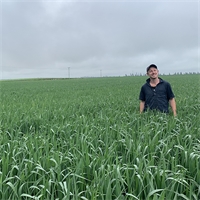
Following tough summer conditions, forage oats for fast grazing can be a get out of jail card for mo...
Read More
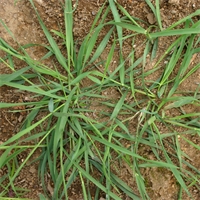
Over time productive pasture species including ryegrass, cocksfoot, tall fescue and clovers will slo...
Read More
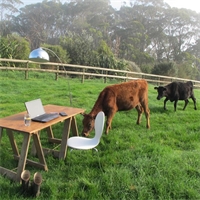
Words and image supplied by Lincoln University
Read More
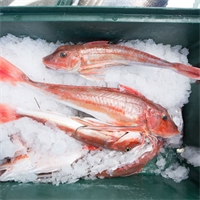
A Christchurch family fishing company has placed one foot in the sea and another on the land with th...
Read More

Through Ruralco’s website platform all the deals in this year’s Instore Days will be online, with ...
Read More
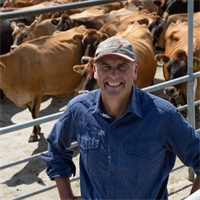
Following over nine years’ service to Ruralco as Board Director and ATS Group Chairma...
Read More